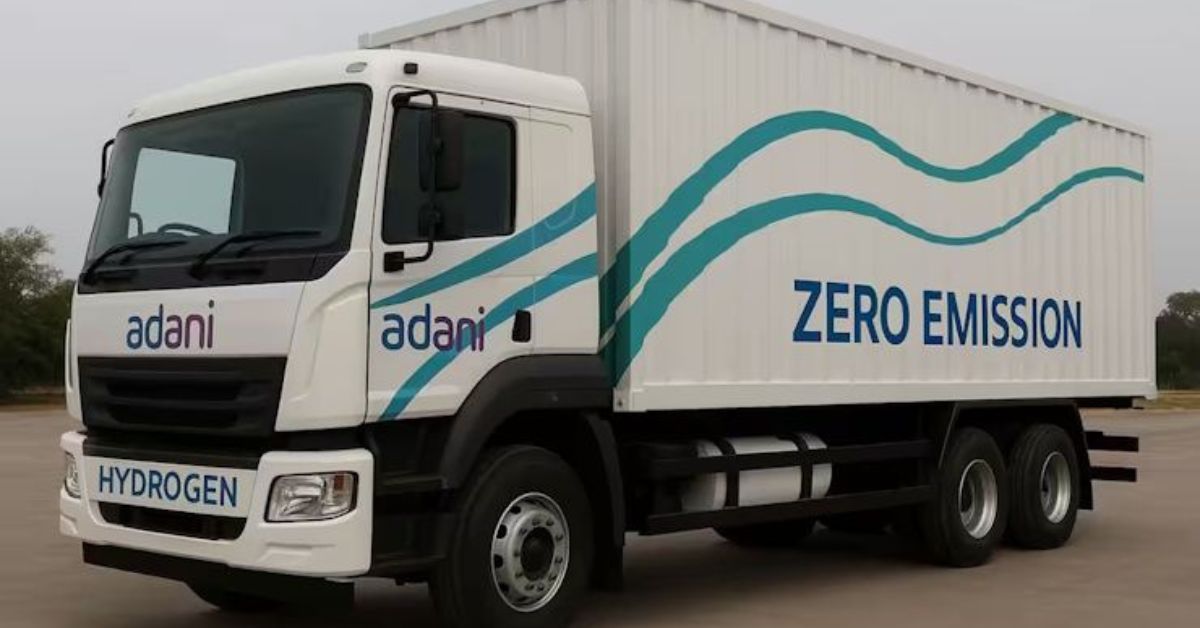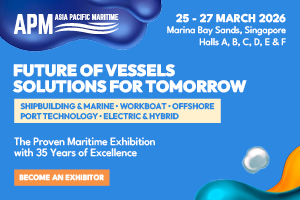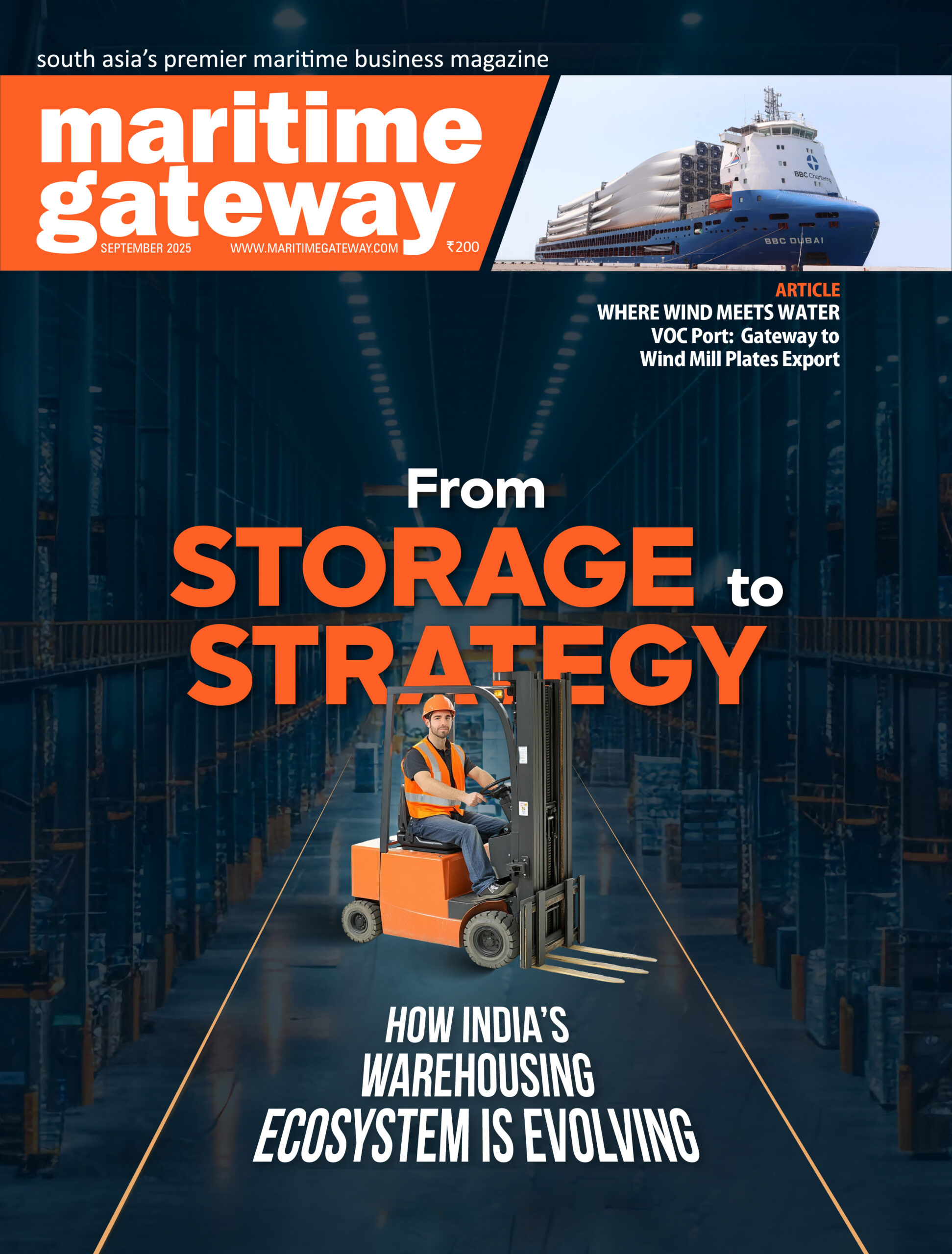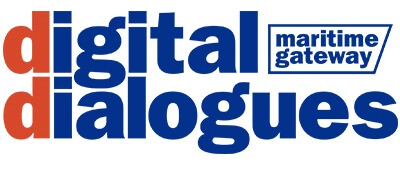Adani Enterprises has rolled out what it claims is India’s first hydrogen-powered truck, a 40-tonne rig built in partnership with Ashok Leyland and Canadian fuel cell maker Ballard. It’s designed for use in Adani’s mining operations, and while it won’t be seen on highways anytime soon, it has already sparked a bigger question: Could hydrogen be the answer to the future of commercial transportation?
Heavy commercial vehicles are among the hardest to decarbonise. Diesel still dominates the segment, not just because of availability, but because it’s tough to find an alternative that offers the same range, refuelling speed, and load-bearing capacity. Battery-electric trucks, while promising for shorter urban delivery use, often struggle when scaled up to haul tonnes of material over hundreds of kilometres.
This is where hydrogen enters the scene. Unlike battery EVs, which take hours to charge and need large, heavy battery packs, hydrogen fuel cell vehicles can refuel in minutes and maintain a higher power-to-weight ratio. For a 40-tonne truck expected to run long shifts in demanding environments like mining or freight logistics, that’s a compelling advantage.
Adani’s pilot truck offers a 200-kilometre range on a single fill, which may not seem revolutionary at first glance. But this is a prototype, part of a phased rollout strategy that will be refined and scaled. It signals the beginning of a hydrogen ecosystem being built ground-up, especially around ports and mining corridors where private refuelling infrastructure can be justified early on.
For hydrogen trucks to work beyond confined routes or controlled operations, a network of refuelling stations is essential. That remains the biggest hurdle. While private players can set up pumps within specific zones, scaling this nationally will require policy support, capital investment, and coordination between automakers, energy companies, and logistics operators.
At present, there are no public hydrogen refuelling stations in India. That limits viability for fleet operators who might otherwise be interested in trying out the tech. A few pilot corridors, like Delhi-Mumbai or Chennai-Bangalore, could become testbeds for hydrogen adoption in the coming years, especially if government-backed incentives align with industry readiness.
There’s a lot of debate around whether hydrogen is a distraction in the race to electrify transport or a necessary part of the puzzle. In the passenger car space, battery EVs have already taken a strong lead, thanks to better economics and easier charging needs. But for trucks, especially in the 30 to 60-tonne segment, hydrogen may have the upper hand.
The technology will likely have to contend with the efficiency loss in producing, storing, and transporting hydrogen could make it more expensive than electric in the long run. However, in applications where downtime costs money, and where weight and distance are critical, the economics could still favour hydrogen, especially if green hydrogen production scales up and costs drop.
Hydrogen trucks won’t replace diesel-powered ones overnight. But they may quietly carve a space for themselves in sectors where range, weight, and turnaround time matter more than initial purchase cost or mass adoption curves. Mining, cement transport, port logistics, and industrial freight corridors could be the low-hanging fruit.
Adani’s move is less about showcasing a shiny new tech and more about building capability and learnings from the ground up. As hydrogen infrastructure expands and more players join in, we could see this tech move from niche to mainstream in commercial transportation.
For now, all we can say is that the road ahead is long, but with efforts like this, the wheels are clearly in motion.









